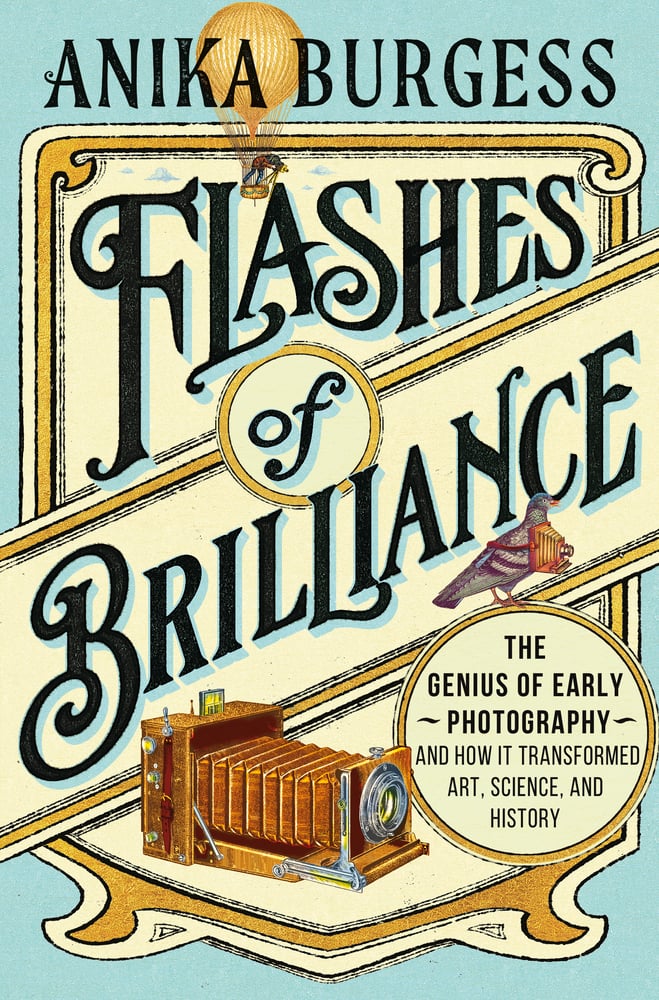To make a daguerreotype, the operator took a highly polished copper plate coated with silver and sensitized it in a box with iodine fumes. The operator then put the plate in a lightproof holder and inserted it in the camera. To expose the plate, the operator removed the slide that had covered the sensitized plate, and the lens cap.
After exposure—which was highly variable and judged by “observation and experiment,” according to one manual—the plate was taken into the darkroom and placed over heated mercury, which released vapors to bring out the image. The operator then needed to fix the image, to stop the light from affecting it further; initially this was done with common salt, and then sodium hyposulphate, or hypo, as it became known.
(Hypo, now known as sodium thiosulfate, is still used as a fixer in darkrooms.) The daguerreotype was then rinsed in water, dried, covered with glass and sealed to protect the image, and mounted in a case.
A daguerreotype had substance; it was a direct positive image made without a negative, and it was also an object. The only way to reproduce a daguerreotype was to re-daguerreotype it. It was a one-of-a-kind, highly detailed, sharp image with a reflective surface, which is why it was sometimes called a “mirror with a memory.”
At first, the exposure times for the daguerreotype made portraiture impossible. This quickly changed. Experiments with the photographic chemicals and improvements to the cameras meant that exposure times were soon sufficiently short to allow for the human face to be photographed.
Even so, they were not exactly brief, and also highly weather-dependent: in 1841, a daguerreotypist in London, Antoine Claudet, estimated that exposures varied between ten and twenty seconds in June, and sixty to ninety seconds in September. One of Claudet’s subjects recalled the experience of a sixty-second exposure, during which he sat in an open—air rooftop studio on a bright sunny day, while his unblinking eyes streamed with tears.
Early that same year, Talbot patented his own improved process that he called the calotype. To make a calotype, the operator sensitized a sheet of good-quality writing paper with silver nitrate and potassium iodide. The paper was then washed, dried, further sensitized with a solution of gallic acid and silver nitrate, then loaded into a camera and exposed.
After it was removed from the camera, the paper still appeared blank: the image only appeared once the paper was washed with a fresh solution of gallo-nitrate of silver. The image was then stabilized with potassium bromide, before the widespread adoption of hypo as a fixer.
